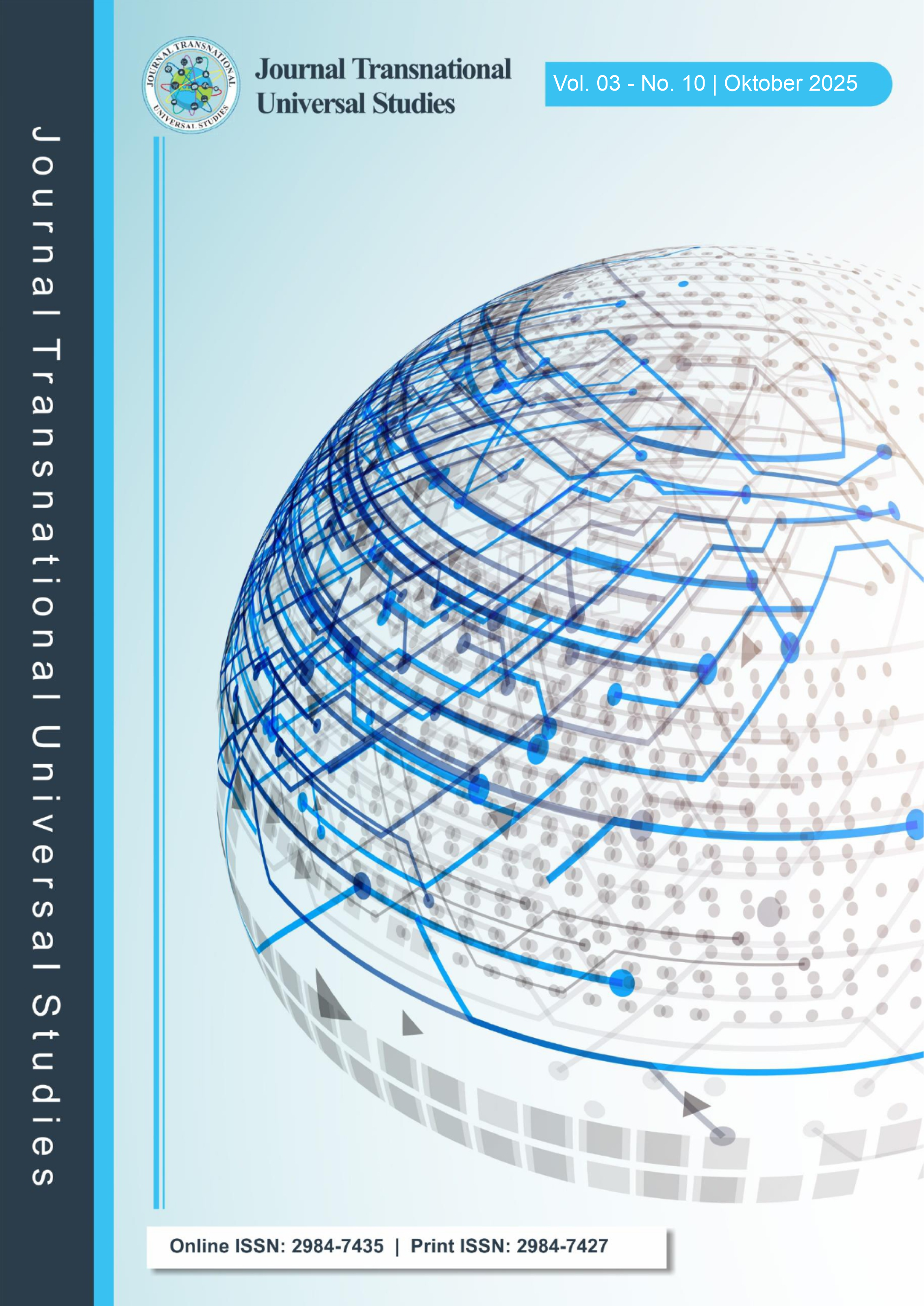Optimizaion of Shear Capacity of Reinforced Concrete Beams Using Artificial Neural Networks
DOI:
https://doi.org/10.58631/jtus.v3i9.186Keywords:
Reinforced Concrete, Shear Capacity, Predictive Model, Artificial Neural Networks, Structural Design, Machine Learning, Civil EngineeringAbstract
Reinforced concrete is a widely used construction material in various structures, predicting shear capacity in reinforced concrete beams a critical aspect of structural design. Conventional methods, such as ACI 318, often have limitations in capturing complex relationships among design variables, particularly in non-standard conditions. This study aims to develop a predictive model for the shear capacity of reinforced concrete beams using Artificial Neural Networks (ANN). Experimental data encompassing geometric, material, and load parameters were collected from the literature to construct the dataset. The development process involved designing the ANN architecture, training the model, and validating it using performance metrics such as Mean Squared Error (MSE), Coefficient of Determination (R²), and Mean Absolute Percentage Error (MAPE). The results indicate that the ANN model provides higher predictive accuracy compared to conventional methods, with a superior ability to capture complex variable relationships. Furthermore, this study offers practical implementation guidelines for utilizing the ANN model in predicting the shear capacity of reinforced concrete beams. The contributions of this research are expected to support the development of AI-based predictive methods in civil engineering, enhance design accuracy, and promote the adoption of modern technologies in civil engineering projects.
Downloads
Published
Issue
Section
License
Copyright (c) 2025 Jauhari Presetiawan, Prabowo Setiyawan, Auliya Isti Makrifa

This work is licensed under a Creative Commons Attribution-ShareAlike 4.0 International License.











